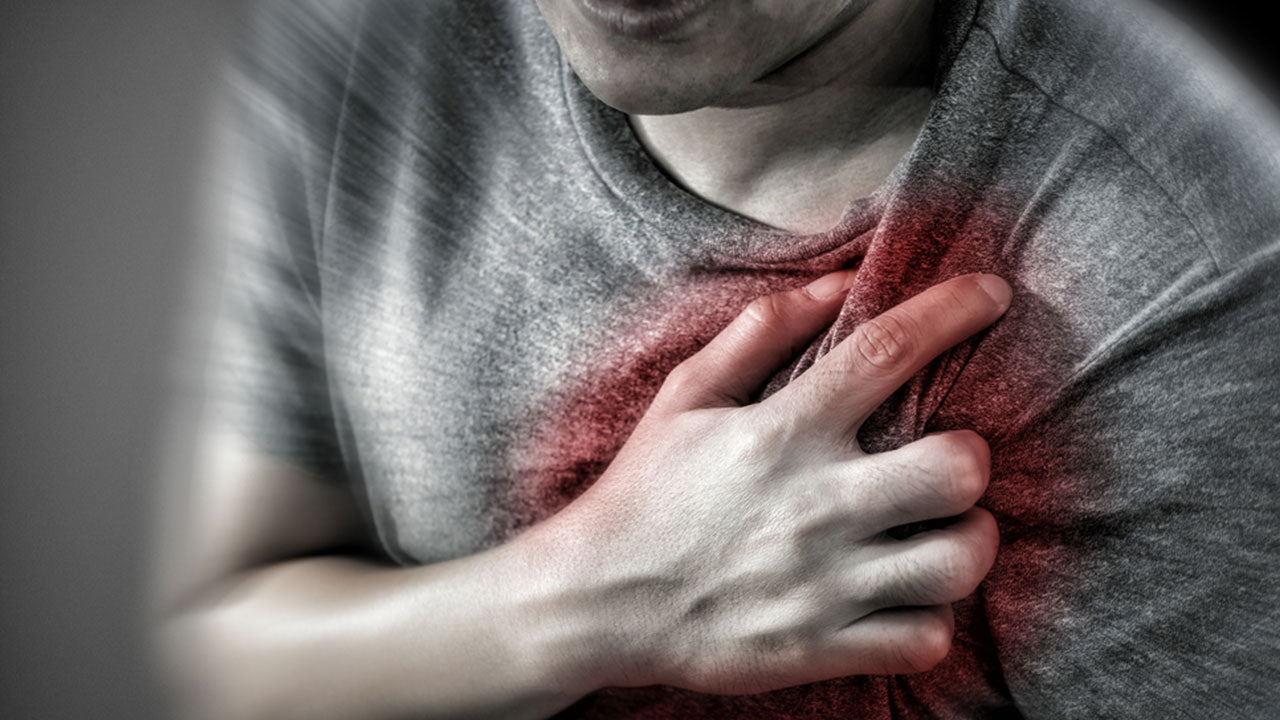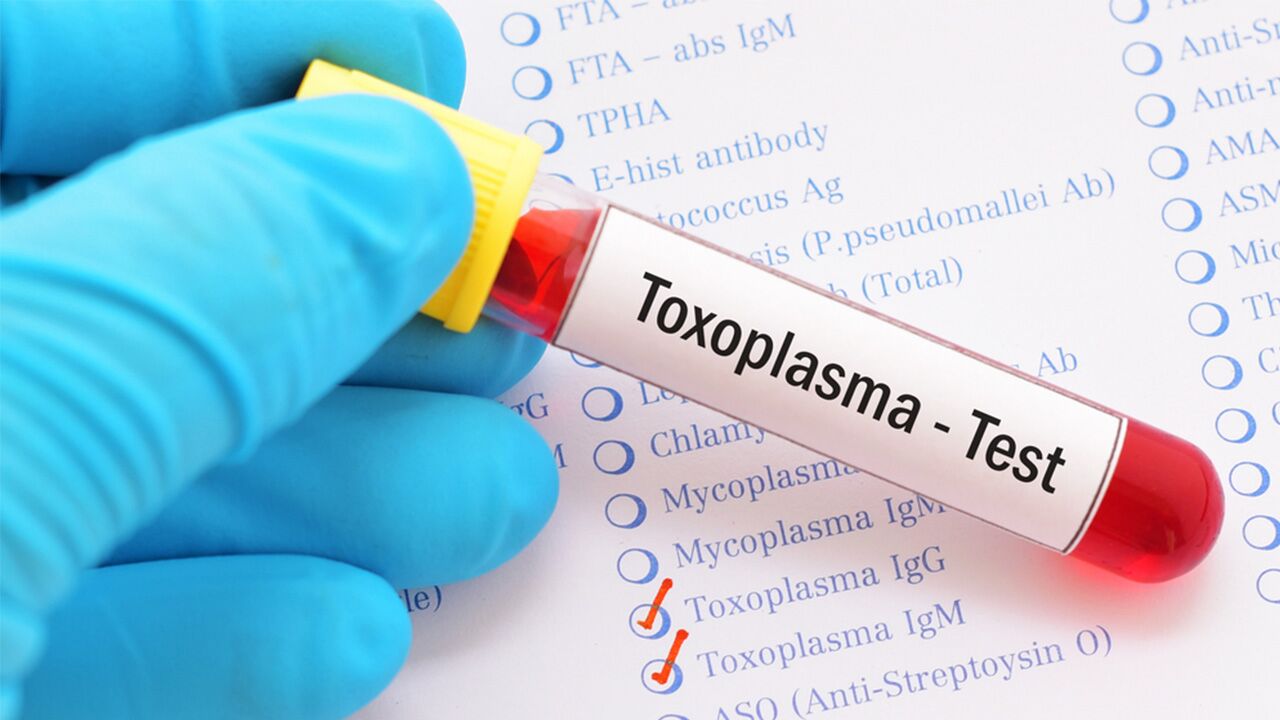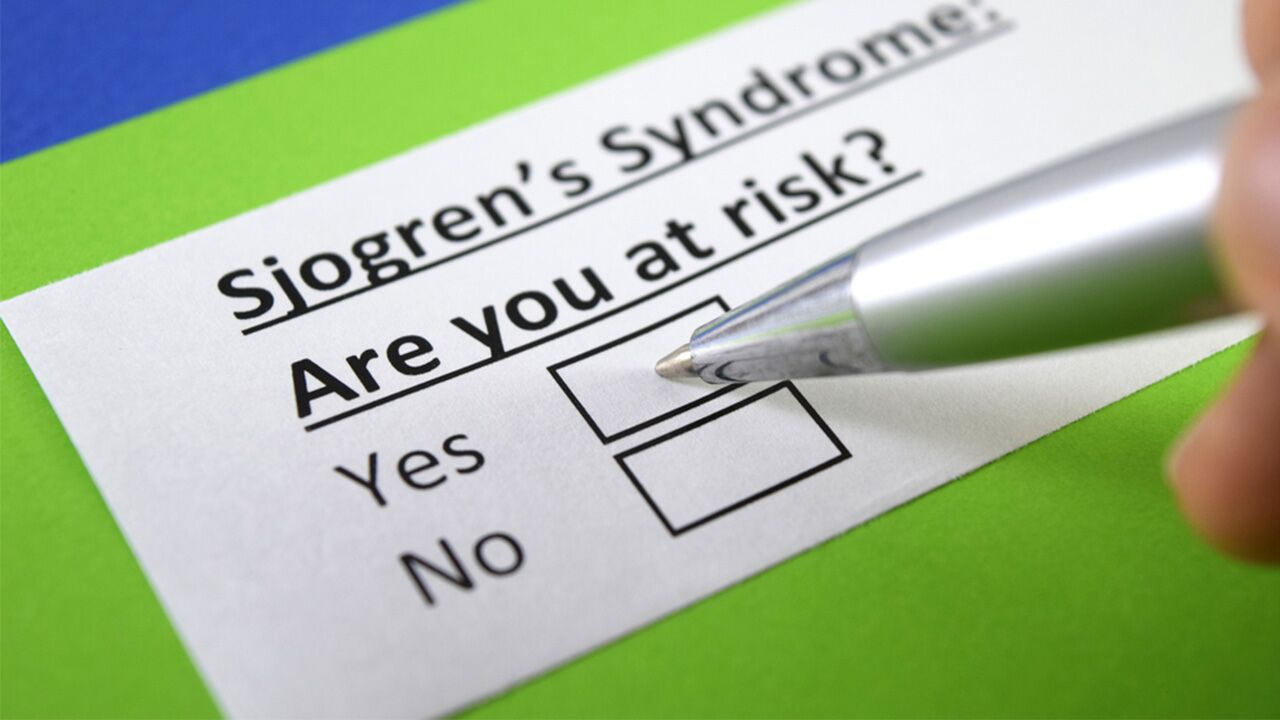Cardiovascular Disease: Causes, Treatment, Prevention
 By: by Amino Science
By: by Amino Science

Cardiovascular disease, or CVD, is the leading cause of death in the United States. In fact, the Centers for Disease Control and Prevention (CDC) states that over 600,000 people die of cardiovascular disease each year. Yet many Americans are unaware they’re at risk. So, in this article, we’re going to discuss the causes of cardiovascular disease as well as effective treatment and prevention strategies, because arming yourself with knowledge is the first step to better heart health.
Causes and Types of Cardiovascular Disease
Heart disease encompasses a range of heart problems. Here are the most common.
Arteriosclerosis
Comprised of three separate conditions—atherosclerosis (the most common type), arteriolosclerosis, and Mönckeberg medial calcific sclerosis—arteriosclerosis is the number one cause of heart disease–related deaths. The condition is a result of the gradual thickening and hardening of the arteries, whether caused by fatty deposits on the arterial walls (atherosclerosis), thickening and hardening of the small blood vessels that branch off the main artery (arteriolosclerosis), or calcium deposits within the middle layer of an artery (Mönckeberg medial calcific sclerosis).
Arteriosclerosis generally has no warning signs until arterial blood flow becomes severely restricted, in which case it can lead to an aneurysm (bulge in an arterial wall), coronary artery disease, carotid artery disease, peripheral artery disease, or even chronic kidney disease.
Coronary Artery Disease (CAD)
Also known as coronary heart disease, CAD is the most common type of cardiovascular disease and is a result of atherosclerosis. If left untreated, CAD can lead to angina (chest pain), abnormal heart rhythm (arrhythmia), heart failure, or a heart attack (myocardial infarction).
Arrhythmia
There are many types of arrhythmias, or irregular heartbeats, but each is the result of a disruption in the electrical impulses that control heart rhythm. The different types of arrhythmia are also classified based on whether the irregular heartbeat originates in the atria or ventricles and whether it involves a slow heart rate (bradycardia) or a fast heart rate (tachycardia). While an irregular heartbeat can represent a perfectly normal variation in heart rhythm, some arrhythmias can cause stroke, heart failure, or even sudden cardiac death.
Cardiomyopathy
A disease that affects the heart muscle itself, cardiomyopathy causes the heart to enlarge and thicken, which makes it more difficult to pump blood. While there are several different types of cardiomyopathy, each results in weakness of the heart muscle, which can lead to thrombosis (blood clot), heart failure, sudden cardiac death, or problems involving the heart valves.
Heart Infections
Sometimes bacteria, viruses, or parasites invade the heart and cause infection. Pericarditis, or inflammation of the membrane that surrounds the heart, is usually mild and may improve on its own. Endocarditis, which affects the inner lining of the heart valves and chambers, can be life-threatening and is usually seen in people with pre-existing heart defects. Myocarditis, which involves inflammation of the heart muscle, is the rarest of the three primary types of heart infections and can be relatively mild or lead to severe complications, including heart failure.
Congenital Heart Defects
Congenital heart defects, which are sometimes less accurately referred to as congenital heart disease, are the most common type of birth defect and involve abnormalities in the structure of the heart. Holes in the heart, leaky heart valves, and defective major blood vessels are common types of congenital heart defects. While some types of defects don’t cause any problems, some are serious and can lead to congestive heart failure, arrhythmia, stroke, and developmental delays.
Symptoms of Cardiovascular Disease
Cardiovascular disease symptoms depend on the type of heart disease present, so let’s break down potential symptoms based on the categories we just looked at:
- Arteriosclerosis and CAD: Symptoms of both arteriosclerosis and coronary artery disease may include chest pain, shortness of breath, pain or numbness in the extremities, and jaw, neck, back, or abdominal pain.
- Arrhythmia: Symptoms of arrhythmia may include chest fluttering, abnormally slow or racing heartbeat, shortness of breath, dizziness, and chest pain.
- Cardiomyopathy: Symptoms of cardiomyopathy may include shortness of breath, leg swelling, arrhythmia, lightheadedness, and fatigue.
- Heart infections: Symptoms of heart infections may include sharp chest pain, shortness of breath, flu-like symptoms, arrhythmia, fatigue, night sweats, leg and abdominal swelling, and palpitations.
- Congenital heart defects: Symptoms of congenital heart defects may include cyanosis (bluish skin color), swelling, shortness of breath, arrhythmia, easy fatigability, chest pain, and feeding difficulties or delayed growth in infants.
In addition, it’s important to remember that the symptoms of heart disease may present differently in women and men. For example, men are more likely to experience classic chest pain, while women are more likely to have shortness of breath, nausea, fatigue, and chest discomfort.

Cardiovascular Disease Risk Factors
According to the CDC, approximately half of all Americans have at least one of the three main risk factors for heart disease—high blood pressure, high cholesterol, and smoking. However, several other factors can also increase an individual’s risk of cardiovascular disease. These are:
- Family history: People with a family history of heart disease are more likely to develop the condition themselves, especially if a parent had the disease at a young age.
- Age: Older adults have a greater risk of heart disease than other age groups, and adults over the age of 65 are more likely to die of heart disease.
- Sex: Men are more likely than women to develop cardiovascular disease, though women’s risk increases after menopause.
- Weight: People who are obese have a higher risk of developing cardiovascular disease.
- Diet: People who consume diets high in salt, sugar, and unhealthy fats are more at risk of heart disease.
- Activity level: Physical inactivity increases an individual’s risk of cardiovascular disease.
- Stress: Long-term stress leads to chronically high levels of inflammation, which can damage the heart and increase the risk of heart disease.
- Medical conditions: Certain medical conditions, including diabetes, increase a person’s risk of developing heart disease.
Diagnosing Cardiovascular Disease
If you’re experiencing symptoms of heart disease or have heart disease risk factors, you should make an appointment with your health care provider. They’ll want to speak with you about your personal and family history and any symptoms or risk factors you may have.
After performing a physical examination as well as blood tests to look for overt signs of heart disease, your health care provider may then choose to perform an additional series of tests to further evaluate your heart.
Cardiovascular Disease Treatment and Prevention
If you’ve been diagnosed with cardiovascular disease, your treatment will vary depending on the type of heart disease you have and the symptoms you’re experiencing.
For example, some heart infections may call for antibiotic treatment, and more advanced stages of cardiovascular disease may require medication to lower blood pressure or cholesterol or decrease heart rate. And symptoms of a heart attack, serious arrhythmia, or life-threatening structural abnormality may necessitate surgery.
However, most types and stages of heart disease can be treated—and prevented—with a few simple lifestyle changes. Some of the best ways to help address the signs and symptoms of cardiovascular disease and help prevent them from occurring in the first place include:
- Quitting smoking: One of the most important risk factors for cardiovascular disease is smoking, so quitting (or not starting in the first place) can greatly decrease your risk of heart disease and its complications.
- Exercising: Physical inactivity plays a major role in cardiovascular disease, and striving for 30 to 60 minutes of exercise most days of the week—whether that’s dancing, working out at a gym, or simply enjoying regular walks—can lead to improvements in many of the major risk factors for cardiovascular disease, including obesity, diabetes, and high blood pressure and cholesterol levels. However, individuals with advanced symptoms of heart disease or severe heart problems should speak with their health care provider before beginning any exercise program.
- Managing pre-existing conditions: If you have high blood pressure, elevated blood sugar, or high cholesterol, getting these risk factors under control can help stop the progression of cardiovascular disease or prevent the condition altogether.
- Taking care of mental health: Excessive stress and mental health conditions like depression are known to contribute to the development of heart disease, so it’s important to address these issues. Fortunately, techniques like meditation and yoga have been proven effective in lowering stress levels and may also alleviate many symptoms of depression. Moreover, there’s evidence to suggest that natural methods, including amino acids, may be as or even more beneficial for the treatment of depression than pharmaceutical approaches.
- Eating a healthy diet: Diets that minimize excessive sugar and salt, processed foods, and saturated fat and emphasize plenty of fresh fruits and vegetables, whole grains, lean proteins, and healthy fats have been proven to reduce the risk of many inflammatory conditions, including heart disease.
- Using amino acids: Amino acids are the building blocks of protein and are required for almost every biological process in the body. The amino acids citrulline, arginine, leucine, and carnitine have been shown to be effective in the treatment of heart failure by aiding in the maintenance of muscle mass, helping to regulate blood flow, and improving energy production. That's why we include the ideal proportion of these amino acids, along with the essential amino acids, in our heart-protective supplement Life, clinically proven to promote heart and muscle strength for healthy, active aging.
If you or someone you love is at risk of cardiovascular disease, be sure to speak with your health care provider right away. With proper treatment and prevention strategies, it’s possible to improve symptoms, decrease risk factors, and even prevent many types of heart disease.

Up to 25% off Amino
Shop NowTAGS: conditions
Join the Community
Comments (0)
Most Craveable Recipes




 833-264-6620
833-264-6620



















